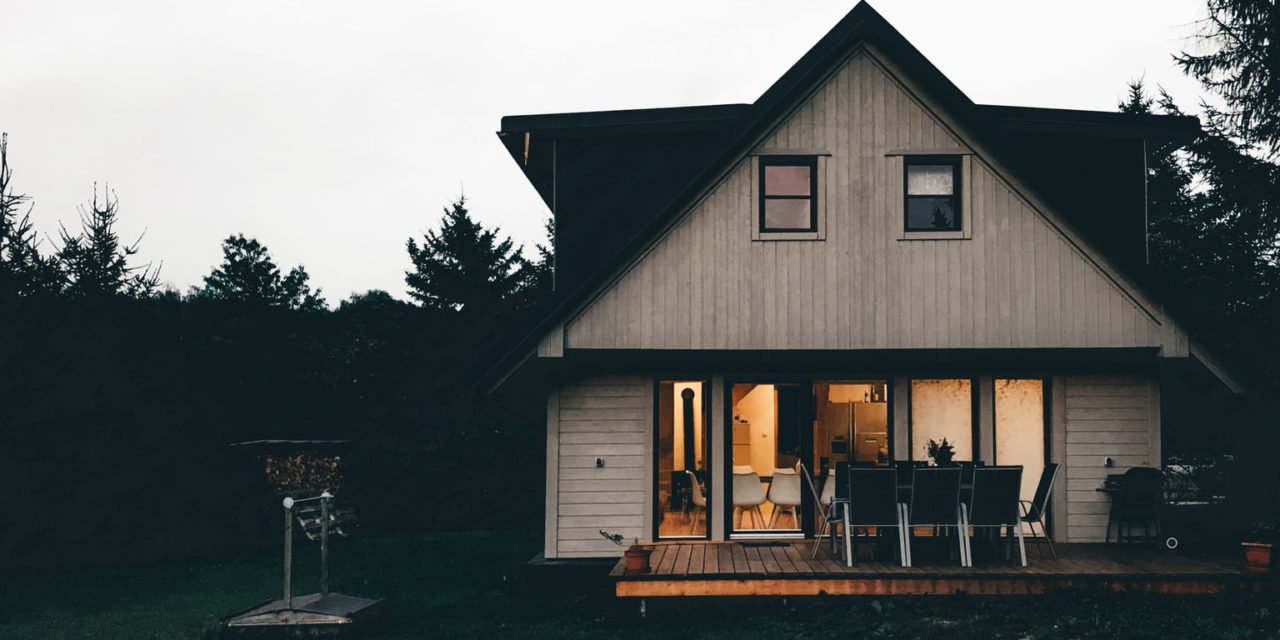[ad_1]
At home projects can seem overwhelming or downright impossible to accomplish. Who has time to literally watch paint dry in your living room when there are extracurricular activities to drive to, laundry to be done, and for many, this is all on top of a full-time job? Yet one of the easiest, smallest and best ways to save some dough is shopping in your own backyard or kitchen. With little monetary investment, some time, a bit of sunshine and water, you'll be well onto your way to saving extra money. Don't believe me? Read on.
Green Is The New Hue
You've heard it everywhere: from fuel-efficient cars and traditional recycling programs to cleaning products and new energy sources; going green is not only a slogan, but also a way of life. Join the revolution by going green inside or outside of your home, and I don't mean painting the walls in shades of hunter, kelly or pea green.
Sprout Some Spices
Stocking up your spice rack can be quite pricy. By starting your own in-home miniature garden, you'll be able to utilize fresh items including oregano, sage, rosemary, cilantro and basil, without having to drive to the nearest grocery store. Purchasing seedlings for such items cost mere pennies, but are marked up close to 300% at your local store. Moreover, growing your miniature garden indoors enables you to control the environment, eliminating common frustrations such as diseases and outdoor pests that plaque plant life.
Get the Basics
To keep your spices and herbs protected, invest in one garden container or several small pots. Keeping each item separate in smaller pots may be ideal for herbs that can take over surrounding areas, such as mint.
A pair of sturdy, small pruners are ideal to have handy, but are not required. As you can imagine, not all spices are created and cultivated equally. Prior to planting, be sure you know the necessary soil, light, temperature and watering guidelines for each item.
Dig In!
After space has been cleared on your window sill, counter, wherever, you're ready to try your hand at being a cultivating genius. Plant each seeds at a depth twice the side of the seed and water thoroughly. Be sure to check the level of drainage and soil quality; most plants require one inch of water per week. Every few days, rotate the containers so that all angles receive equal amounts of sunlight.
Harvest The Goods
Here's a quick guide on when to harvest your hard work:
Oregano: pluck leaves; store dried leaves
Sage: pluck leaves, store dried leaves
Rosemary: pluck flower and leaves; store dried flowers and leaves
Cilantro: pluck leaves; use fresh
Basil: pluck leaves, store dried leaves
Store Like A Pro
One of the most frustrating parts of gardening is making the fruits of your labor last. Most green thumbs can grow their own plants, but store them incorrectly. Keep plucked parts dry in a dark location, away from excessive moisture and sunlight. An easy way to do this is to package each herb in its own brown paper bag. Label each bag and store them in a cool, dark, dry location and you'll save yourself that trip to the supermarket!
[ad_2]
Source by Amanda Bashore


